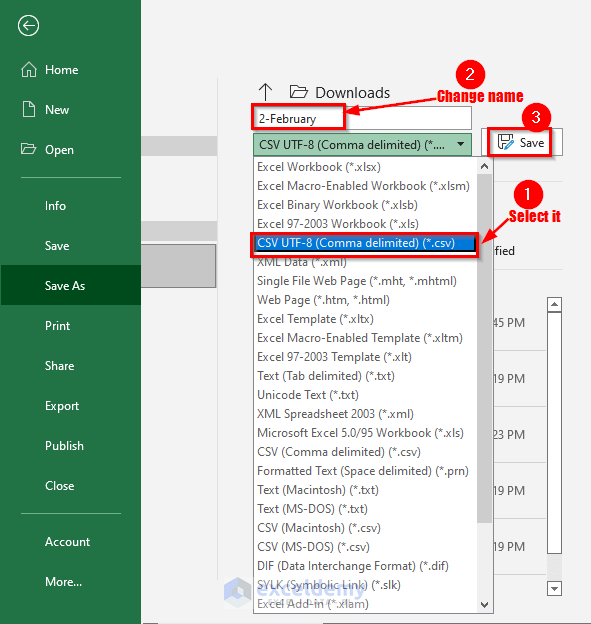How Are Changes Made On Several Sheet Excel Docs

In an ever-evolving digital era, where data reigns supreme, Excel remains an indispensable tool for professionals across various industries. Yet, managing Excel documents, especially when multiple sheets are involved, can become cumbersome. This blog post aims to demystify the process of making changes across multiple sheets in Excel efficiently.
Understanding Excel Sheets

Excel operates on the concept of workbooks and worksheets. A workbook is the file containing your data, while worksheets, or sheets, are the individual pages within that file. Here's what you should know:
- Workbooks: Can contain multiple worksheets.
- Worksheets: Tabbed documents within a workbook, each capable of holding data, charts, and formulas.
Basic Navigation

Before diving into making changes, familiarize yourself with basic navigation:
- Move between sheets using the tabs at the bottom of the Excel window.
- Insert, delete, or rename sheets by right-clicking on any tab or using the menu options.
Making Changes Across Sheets

Here’s how you can efficiently manage changes across multiple sheets:
Selecting Multiple Sheets

To apply changes uniformly:
- Method 1: Click the first sheet, hold the Shift key, and click the last sheet to select all sheets in between.
- Method 2: For non-contiguous sheets, hold Ctrl (Windows) or Command (Mac) while clicking the desired tabs.
Editing Multiple Sheets Simultaneously

Once selected:
- Any edits you make will apply to all selected sheets.
- When finished, remember to deselect the sheets by clicking on an unselected tab or any tab while holding Ctrl/Command.
3D References

For formulas or data consolidation, use 3D references:
- Syntax is
Sheet1:Sheet3!A1, which references cell A1 across multiple sheets. - Useful for Sum, Average, Min, Max, etc., across sheets.
Group Editing

Group similar sheets for mass editing:
- Select sheets with common data or layout for bulk changes.
- Changes like formatting, data input, or formulas can be applied together.
📌 Note: Group editing might inadvertently alter unrelated data. Proceed with caution.
Consolidate Data

To bring data from various sheets into one:
- Use the Data tab’s Consolidate feature for numerical data.
- Employ Paste Special for moving specific data without overwriting other cells.
Advanced Techniques

Using VBA Macros

Visual Basic for Applications (VBA) macros offer automation for repetitive tasks:
- Record macros to see VBA code generation.
- Write custom macros for unique tasks.
Linked Sheets

Link data between sheets to maintain consistency:
- Reference a cell or range in another sheet with =‘SheetName’!CellAddress.
- Plan before changing: Consider how changes will affect other data.
- Use clear labels: Label sheets clearly for easy navigation.
- Backup data: Always save a copy of your workbook before making extensive changes.
Best Practices

Here are some tips for managing changes across sheets:
Mastering changes across multiple Excel sheets not only streamlines your work but also enhances your data management capabilities. From basic navigation to advanced VBA scripting, these techniques ensure you’re well-equipped to handle the complexities of modern data workflows. Remember to plan your changes, keep your sheets organized, and leverage Excel’s powerful features for maximum efficiency.
How do I select multiple sheets in Excel?

+
Use the Shift key for contiguous sheets or Ctrl/Command for non-contiguous sheets.
Can I undo changes made to multiple sheets at once?

+
Yes, if you haven’t deselected the sheets after making changes, hitting Ctrl + Z (Windows) or Command + Z (Mac) will undo the last action across all selected sheets.
What are 3D references and how can they be useful?

+
3D references allow you to reference the same cell or range across multiple sheets, which is useful for aggregating data from several sheets at once, such as summing sales figures from different departments or dates.



